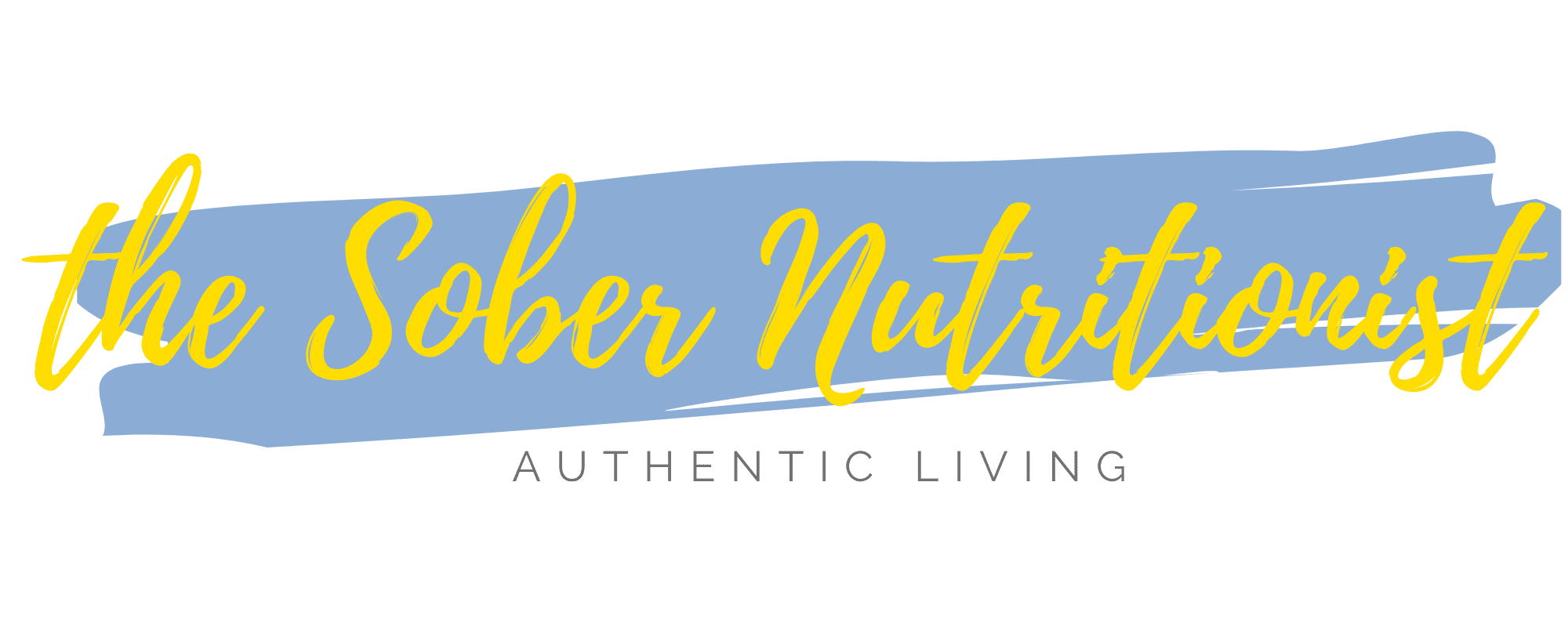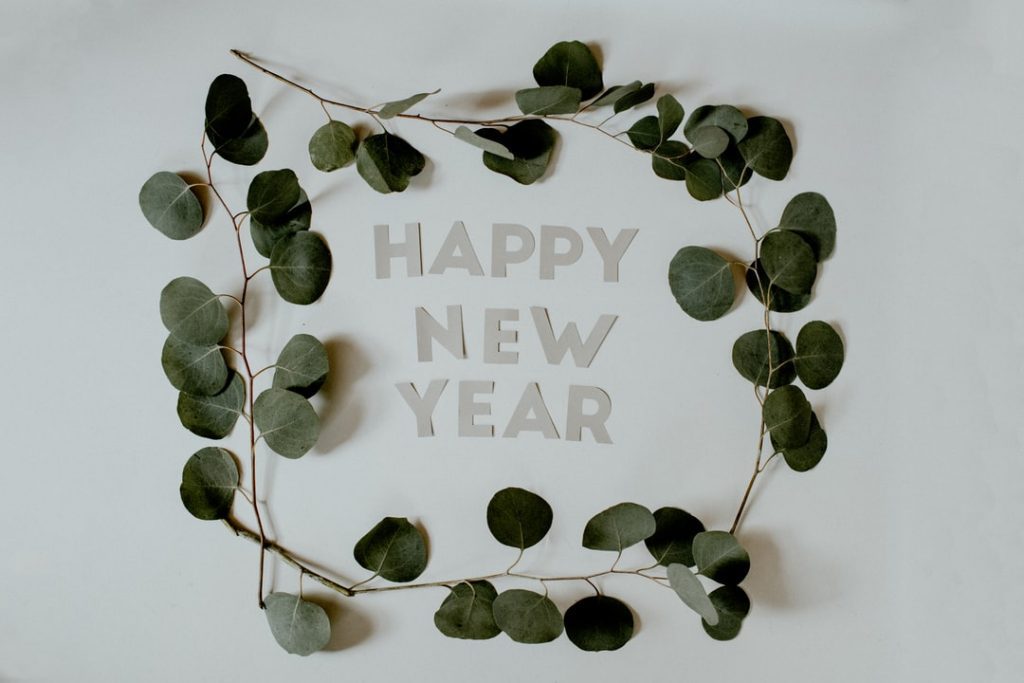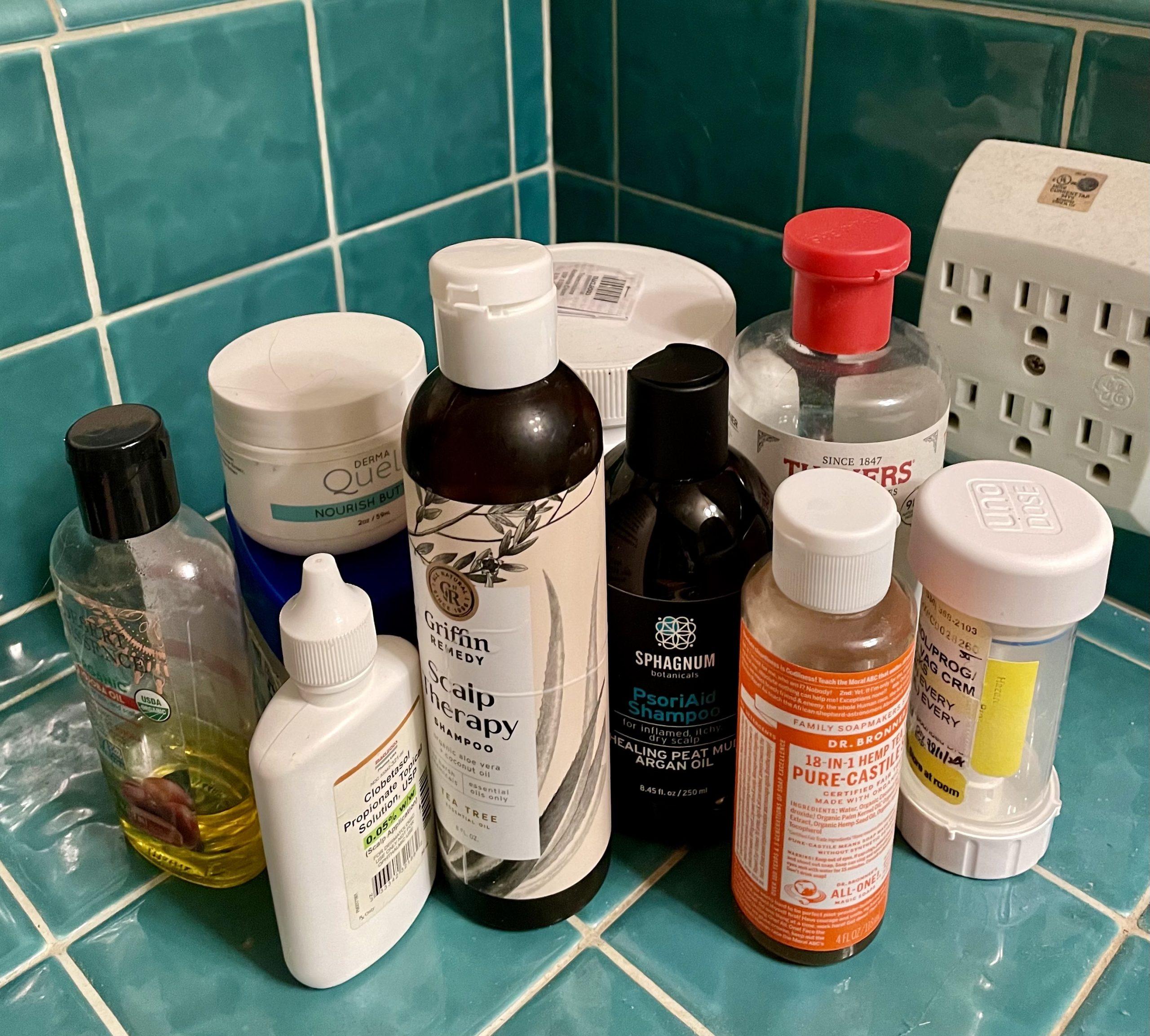It’s mid-January – is your New Year’s resolution alive and well?
Does anyone else have a friend that seems to breeze through January with her list of ’10 things to accomplish in the New Year’ posted to her refrigerator cheerfully crossing them off one by one without breaking a sweat? And while we admire their discipline and encourage their new endeavors, there is that part of us that is just plain discouraged. How did they give up gluten, master meditation, and purge their closet down to a ‘capsule wardrobe’ in the first 14 days of the new year??
The reality is that making and keeping new habits is difficult for all of us. According to a survey by Statistic Brain, some 132.5 million Americans usually make a New Year’s resolution — or about 41% of the population. The difficulty lies in keeping them; New Year’s resolution success rates hover just above 9% — and over 40% of those who make a resolution will give up before the end of January.
There is good news. Forming habits is a skill that anyone can practice, improve and even master! Yes, even those overly-ambitious New Year’s resolutions! The secret to success lies in strategy. Gretchen Rubin’s book ‘Better than Before’ explores helpful strategies surrounding those most common New Year’s resolutions: eat better, exercise more, save more money (or spend less money).
She starts her book by emphasizing that we must form habits that work with our natural tendencies rather than against them. For example, are you a night owl or a lark? If you are a night owl it’s foolish to join a running group that meets at 6:30AM. Another example; are you an overbuyer or an underbuyer? Underbuyers hate to shop and buy; overbuyers love to shop and buy. Knowing our inclination can help us foster healthy habits, particularly related to saving and spending money.
Let’s look at three strategies that can be used most effectively for the most common of resolutions.
1). The Strategy of Monitoring – we manage what we monitor. The key to this strategy is this: self-measurement brings self-awareness, and self-awareness strengthens our self-control. A great example of this is a food journal. Writing down every bite really does ‘monitor and measure’ if we skipped meals or forgot to drink enough water. This is a very effective tool for any diet change. Another example is the very popular ‘fit bit’. By monitoring how many steps we take each day, this handy device has helped thousands of people walk and move more.
2). The Strategy of Convenience/Inconvenience – we are more likely to do something if it’s convenient and less likely to do something if it’s not. Let’s look at exercise: how do we make it more convenient? Pick a gym class with hours that match your schedule. I love my pilates class but the 5:30PM start time, smack in the middle of dinner prep, made it easy to justify skipping class. When I switched to 8:15AM the new routine proved much easier.
We hear a lot about meal prep, or batch cooking these days and this is a GREAT example of the strategy of convenience. Imagine cooking just twice a week and having healthy, prepared meals available every time you open the fridge? Welcome to batch cooking! By using the same strategy – in reverse – we can also support our new habits. Giving up sweets? Don’t buy them and don’t bake them! Sounds too easy but the reality is if you only have good food in the fridge you will only eat good food. If one of your goals for the new year is saving more money, then use this strategy to automatically divert part of your paycheck into a 401K or savings account. This has the added benefit of using BOTH strategies at once; convenient to save, inconvenient to spend. Or, try only shopping with a limited amount of cash and no credit cards. You can only spend what’s in your wallet.
3). The Strategy of Pairing – pair your new habit with a routine that is already established. I really want to walk my dog more; it’s healthy for him and healthy for me but I often get to the end of the day realizing I just never took the time or scheduled the walk. I also love to listen to podcasts and will squeeze in time most everyday to geek out over the latest healthy podcast.
So, when I learned about the strategy of pairing, I began to ONLY listen to podcasts while walking the dog! Win-win! The key is to take something you already do on a regular, or daily basis, and add in the new habit. Want to create a meditation habit? Put on the coffee and go meditate. Practice gratitude? Sit down for your evening meal and share 3 things you are grateful for. The trigger – your existing routine – allows you to insert that new habit seamlessly.
I trust these few tips will help you on your way to creating and keeping those habit changes for 2018!




